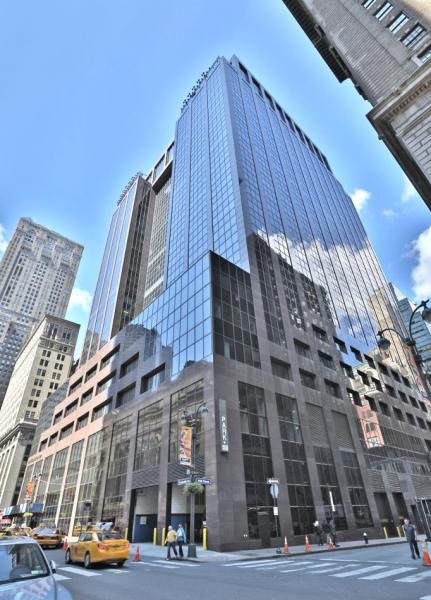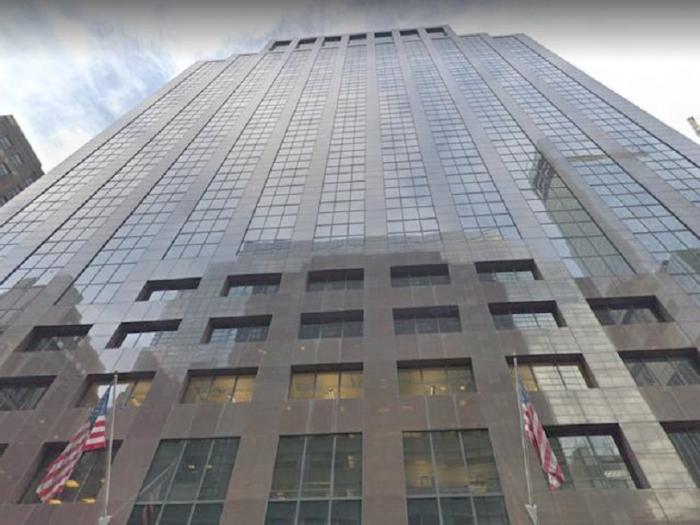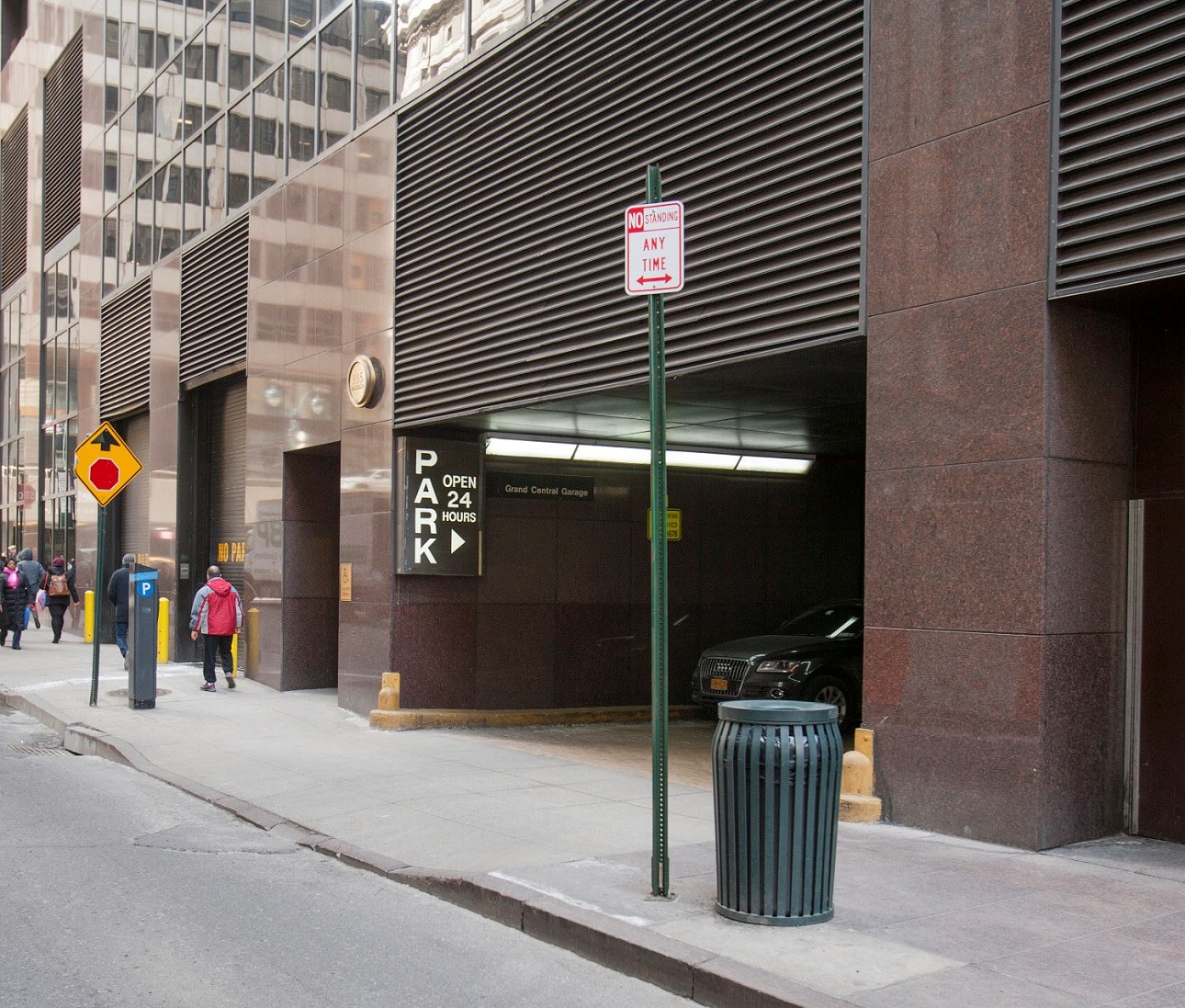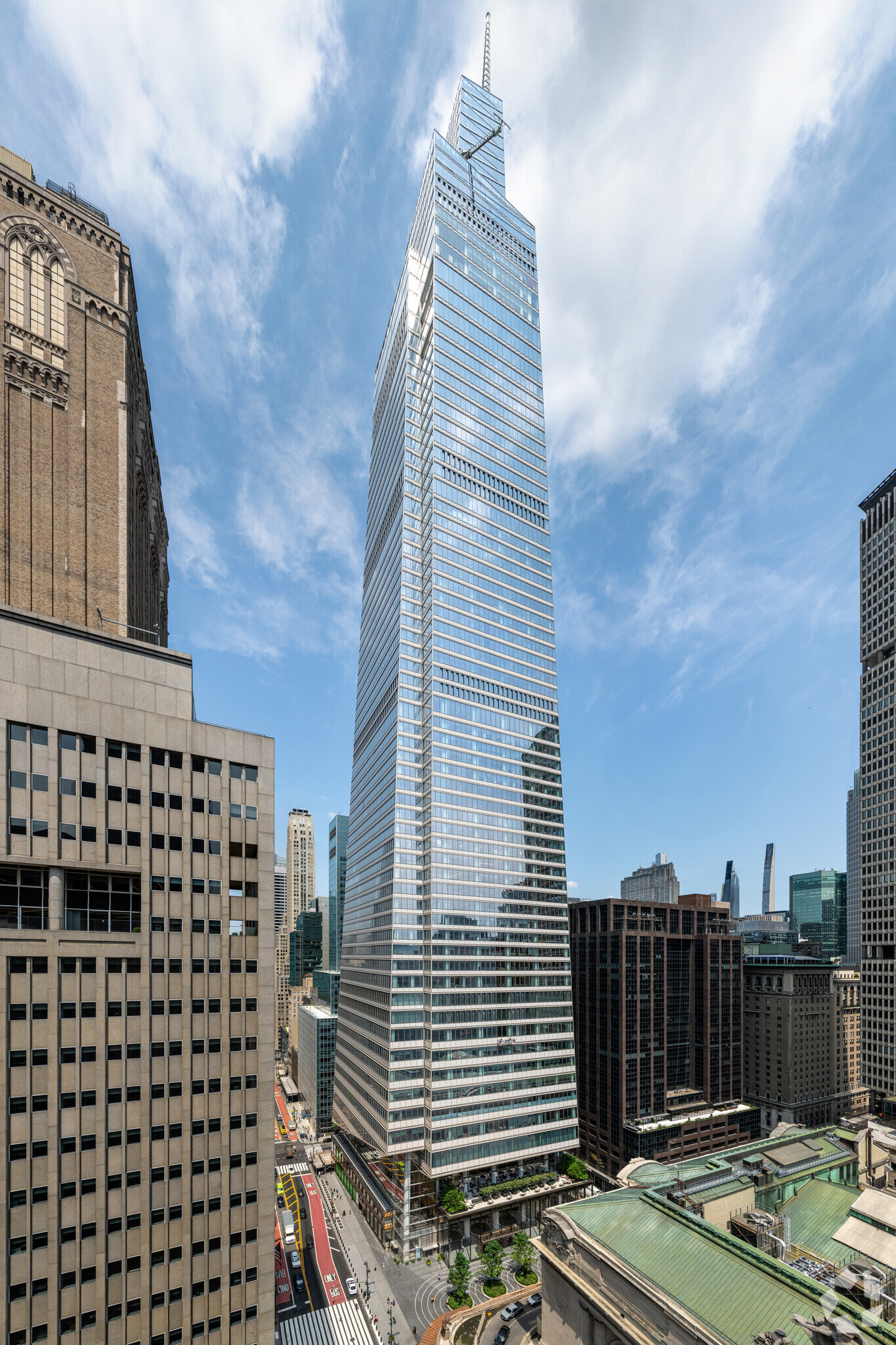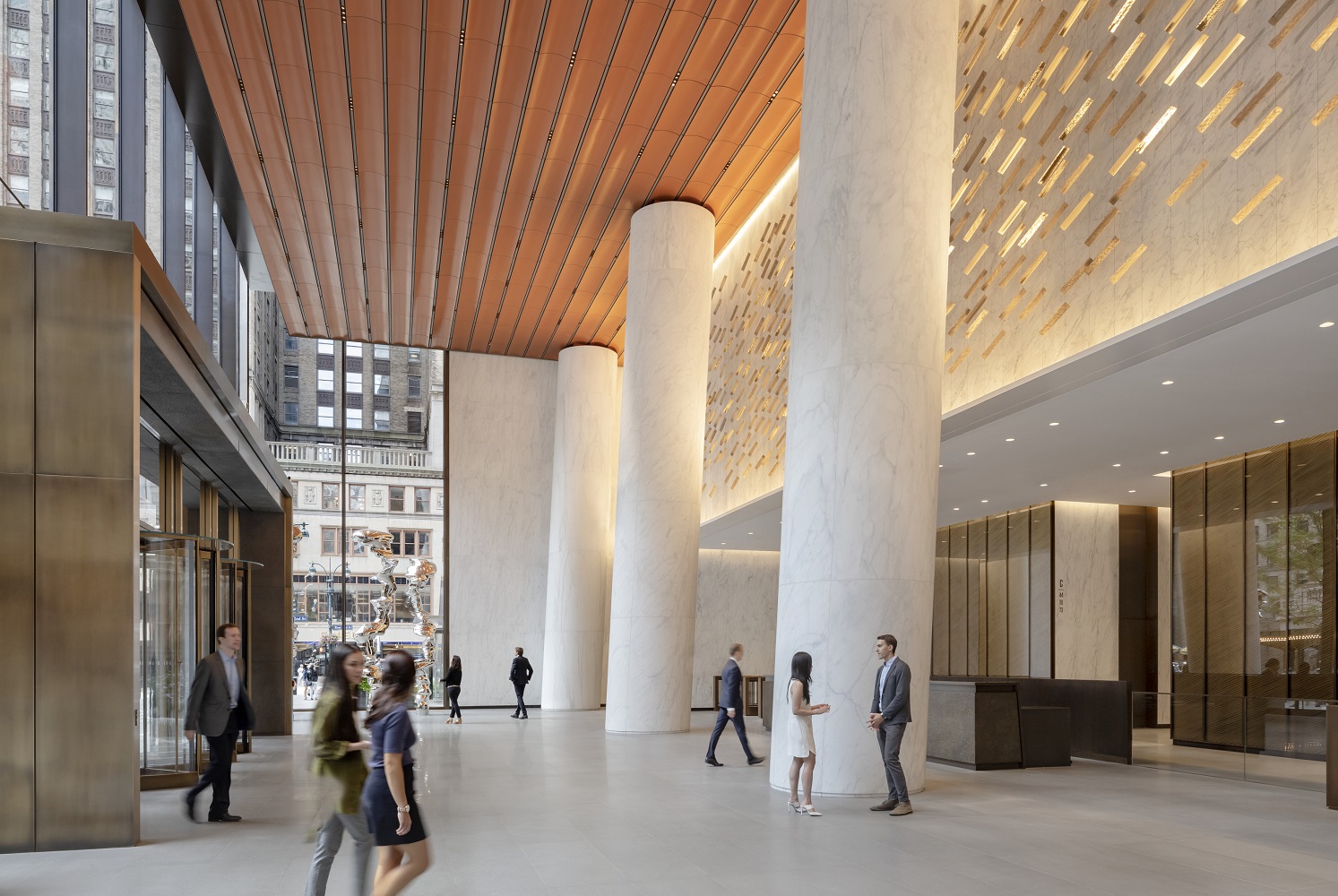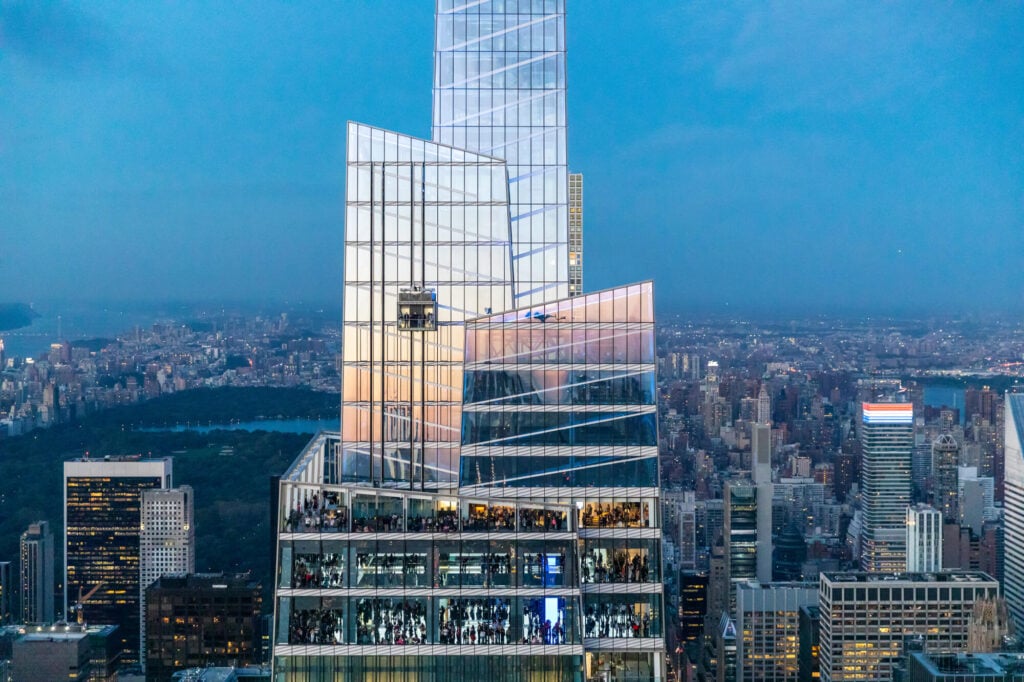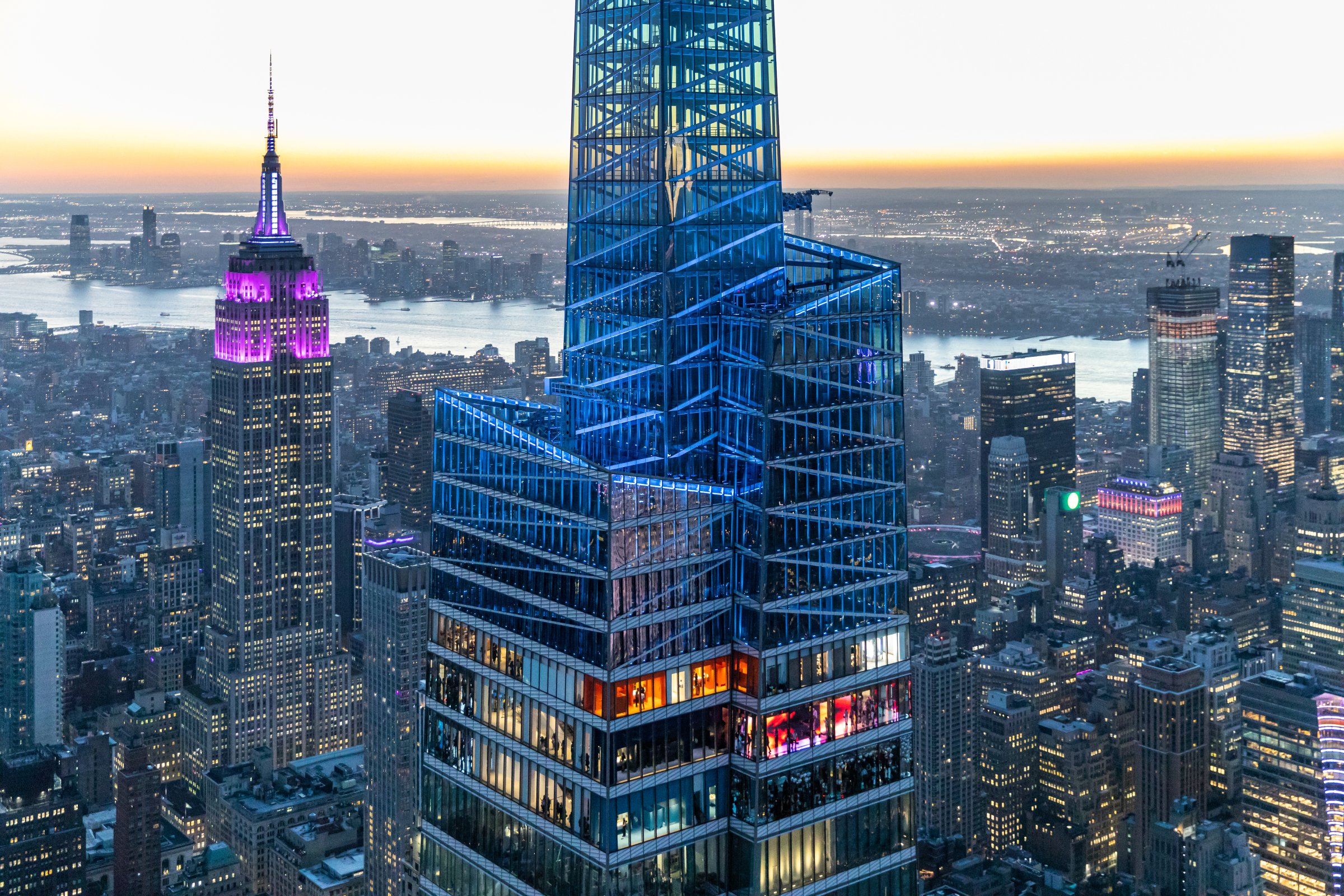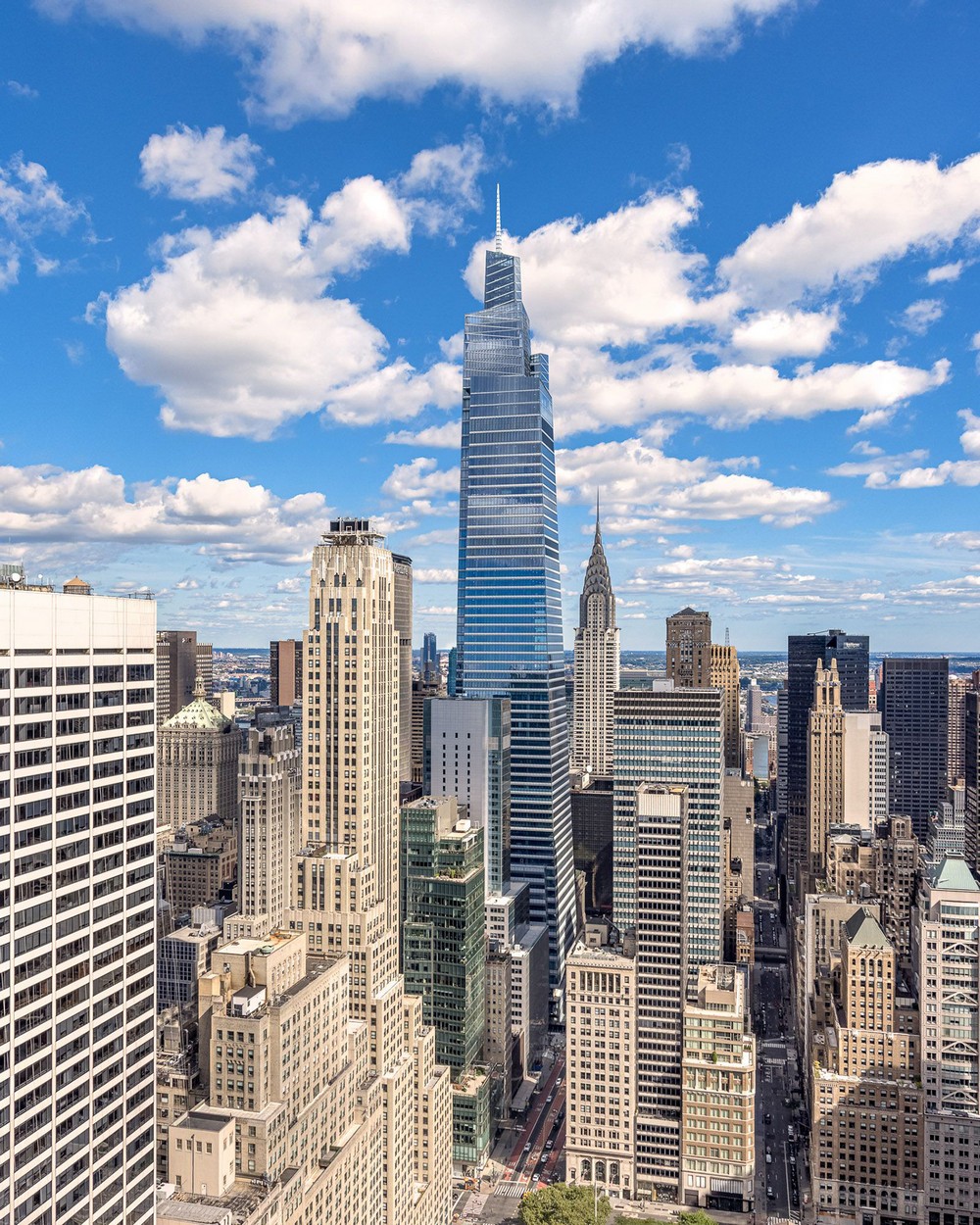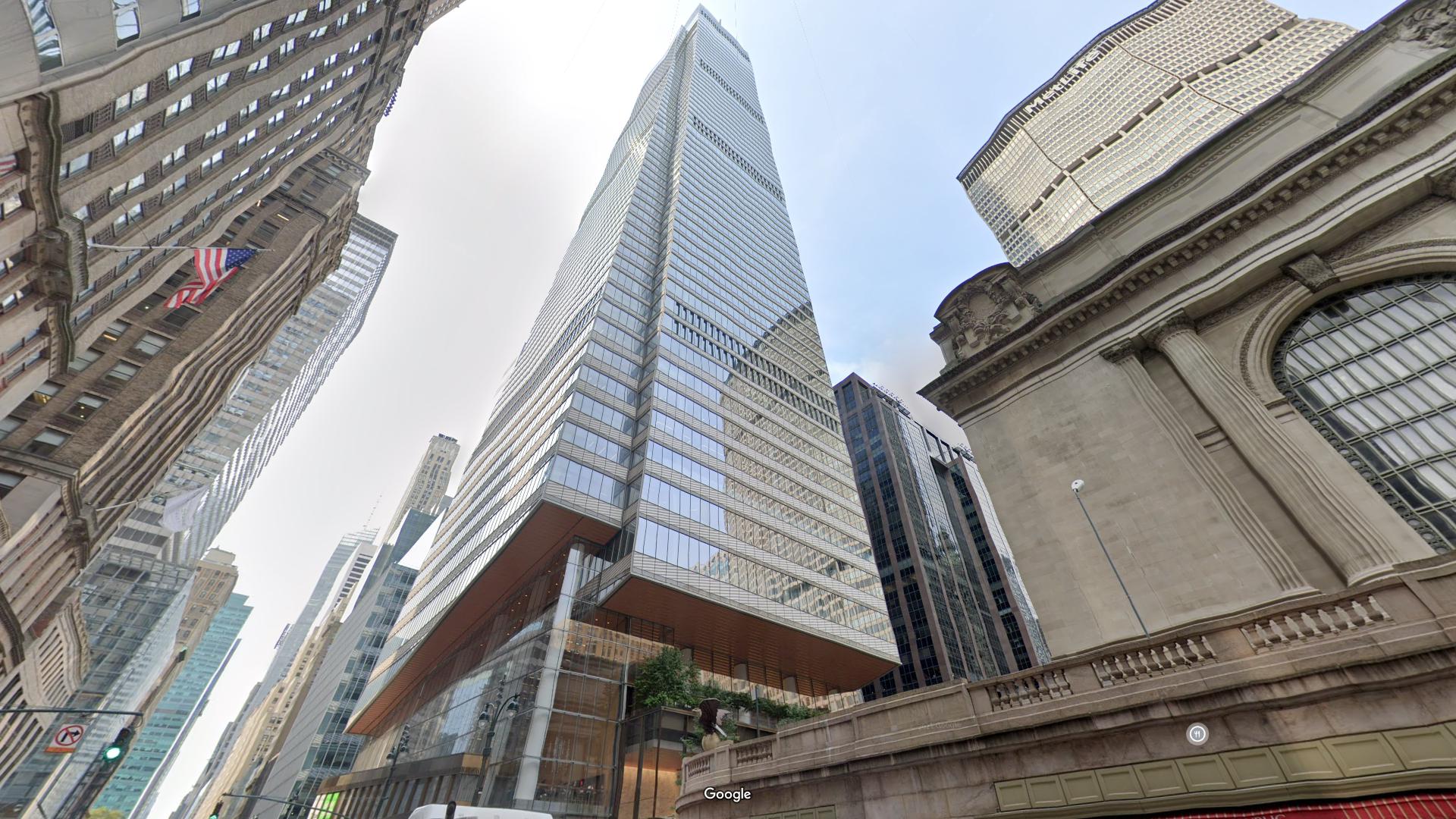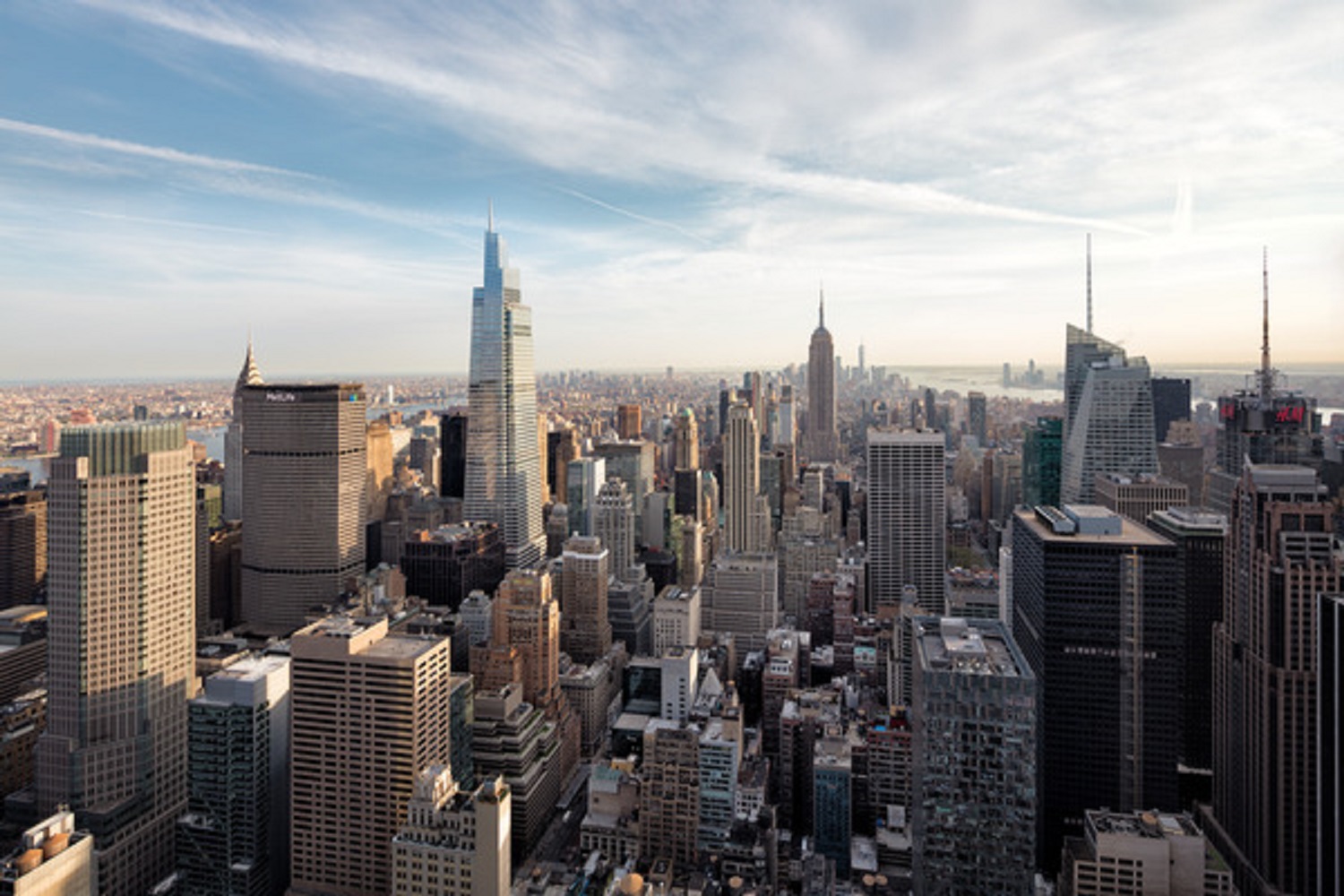22 Vanderbilt Avenue New York Ny

The skyline of Midtown Manhattan continues to evolve, with a new landmark increasingly capturing attention: 22 Vanderbilt Avenue. Rising adjacent to Grand Central Terminal, this towering structure represents a significant addition to the city's commercial landscape.
While the address itself may seem simple, the building it represents embodies a complex web of development, architectural innovation, and economic impact. Understanding the story behind 22 Vanderbilt Avenue requires delving into its inception, construction, and the forces shaping its future.
The Rise of One Vanderbilt
22 Vanderbilt Avenue is more commonly known as One Vanderbilt. Developed by SL Green Realty Corp., it stands as a testament to ambitious urban planning and the enduring allure of prime real estate in New York City.
Construction began in 2016 and was completed in 2020. The building opened in September of that year, amidst the backdrop of a global pandemic, adding a unique layer to its already compelling narrative.
Standing at 1,401 feet (427 meters), One Vanderbilt is currently one of the tallest buildings in New York City. Its height and strategic location adjacent to Grand Central Terminal make it a highly visible and prestigious address.
Architectural Marvel and Engineering Prowess
The architectural design of One Vanderbilt is the work of Kohn Pedersen Fox (KPF). The firm is renowned for its expertise in creating iconic skyscrapers around the world.
One Vanderbilt's design features a distinctive tapering form and interlocking volumes. This creates a dynamic and visually striking silhouette against the Manhattan skyline.
Beyond its aesthetic appeal, the building incorporates advanced engineering and sustainable design principles. These features aim to minimize its environmental impact.
Notably, the building boasts a 1.2-megawatt combined heat and power system. This reduces reliance on the city's power grid.
It also harvests rainwater for cooling and irrigation, showcasing a commitment to resource efficiency. The building achieved LEED v4 Gold certification, signifying its adherence to high standards of environmental sustainability.
Economic and Social Impact
One Vanderbilt has significantly impacted the local economy. It has generated thousands of construction jobs and continues to provide employment opportunities for a diverse range of professionals.
The development also contributed to infrastructure improvements in the surrounding area. This included upgrades to the Grand Central Terminal subway station.
These improvements ease congestion and enhance the commuting experience for thousands of daily riders.
Furthermore, One Vanderbilt provides a substantial amount of office space. It attracts leading companies from various sectors. This contributes to the city's economic vitality.
"One Vanderbilt is more than just a building; it's a symbol of New York's resilience and its ability to adapt and innovate," said Marc Holliday, Chairman and CEO of SL Green, during the building's opening.
The Observation Deck: SUMMIT One Vanderbilt
Adding another dimension to One Vanderbilt's appeal is SUMMIT One Vanderbilt, an immersive observation deck. This unique attraction is located on the top floors of the building.
SUMMIT features stunning panoramic views of the city skyline. It also has innovative art installations and interactive experiences.
Designed by Kenzo Digital, SUMMIT aims to redefine the traditional observation deck experience. It blends art, technology, and breathtaking vistas to create a memorable and engaging attraction.
Since its opening in 2021, SUMMIT One Vanderbilt has become a popular tourist destination. It offers a unique perspective on New York City.
Challenges and Controversies
The construction of One Vanderbilt was not without its challenges. The project faced scrutiny regarding its scale and potential impact on surrounding buildings.
Concerns were raised about shadows cast by the tower and its effect on light and air access for neighboring properties. However, developers worked with city officials and community stakeholders to address these concerns.
Permits and approvals were secured after extensive negotiations and modifications to the original plans.
The Future of 22 Vanderbilt Avenue
One Vanderbilt's presence is expected to have a lasting impact on the surrounding neighborhood and the city as a whole. As businesses continue to occupy the building, and SUMMIT One Vanderbilt continues to attract visitors.
It will further solidify its position as a landmark destination. The development serves as a model for future large-scale projects in urban environments.
It highlights the importance of collaboration between developers, architects, and city officials. This helps to ensure that new construction enhances the urban fabric and contributes to the economic and social well-being of the community.
